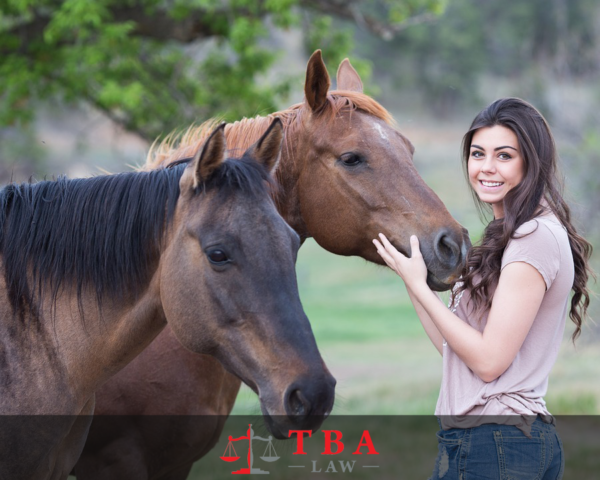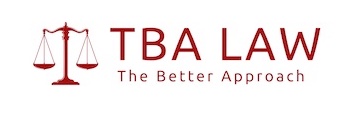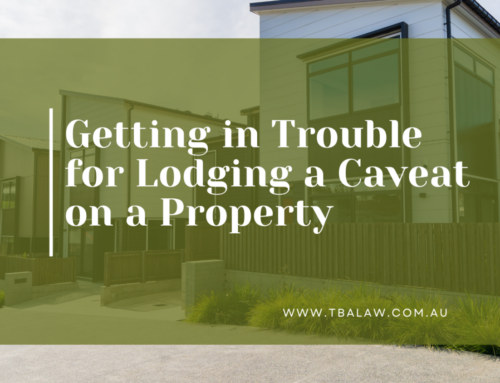When can you ‘lien’ on a horse?
By Rochelle Manderson
Part of the charm of country life must be the ownership of horses. Whether it be for pleasure, for sport, or as a part of a business surrounding the breeding or racing industries, horses require space, and their owners require the money necessary to upkeep them.
If you are a horse owner, you may be lucky enough to have the space to keep the horse on your own property, however, if you do not have this luxury, you will be familiar with the concept of Agistment. In other circumstances, if you are in the business of breeding, racing, showing etc, you may be familiar with agistment for breeding purposes, or you yourself may offer agistment to others.

That is all wonderful in theory, however, what happens if it all goes wrong. Did you know there is a legal process that will allow a horse to be sold if you default on your payments? If you offer agistment for others, did you know there was a process whereby you can sell another person’s horse to cover their debt to you for the agistment? This is called a lien. Got your interest? Then read on.
Care must be taken as there is a specific process laid out in the legislation, and your Agistment Agreement should refer to this legislation as the relevant law. Step one, your Agistment Agreement should refer to the relevant legislation, which is the Impounding of Livestock Act, specifically section 24. Under this legislation, if an owner is in default under their Agistment Agreement, they must rectify their default within 14 days. The Agistment operator can serve a Default notice on the owner any time after the 14 days if the owner does not rectify their default within that time, and by serving a Default Notice on the owner, a lien is created over their horse.
A Default Notice must contain specific information under the Act. It must:
- State the owner of the horse is in Default under the Agistment agreement, giving details of the default, including the amount of any money owing and how this was calculated; and
- Inform the owner of the horse that you, as the person issuing the Default Notice, holds a lien over the horse under the act and that you can retain possession of the horse until the lien is extinguished; and
- Inform the owner how they may recover possession of the horse including details of:
-
- The amount payable [under the section 24D(a) of the Act]; and
- The rate of any agistment fees and any other fees payable under this section; and
- How the owner can obtain details of the amount payable.
- That you may sell, exchange, dispose of or destroy the horse after 28 days from the date the notice is served; and
- Specify when the notice is taken to be served; and
- Specify the date of issue of the notice.
A Default Notice must be served on the owner of the horse personally or by registered post addressed to the owner at their last known address. If the address is not known, you will need to publish a notice in the public notices section of a daily newspaper that circulates generally in Victoria. This must be written in a specific form set out in the legislation, so speak to us about it before doing it!
If you are not familiar with drafting a Default Notice, it is prudent to speak with us for assistance with the document.
The owner has 28 days to pay the amount owing from the day the Default Notice was served. During that time, the lien holder must return the horse to its owner if:
- The owner pays the monetary amount they are in default, or if it is over 3 months, pay the equivalent of three months agistment fees; and
- Pay any additional expenses from the date of the default notice to:
-
- 60 days; or
- the date the lien over the animal is extinguished, whichever is first; and
- the amount of any reasonable expenses incurred in relation to an upcoming intended sale of the animal.
If the owner does not remedy the default in 28 days after the Default Notice was served, the lien holder can sell the horse. In this situation, the lien holder:
- retains the money owed, plus the additional expenses and the expenses of the sale, and
- they must pay the remaining money to the horse owner.
- Where the lien holder is owed more than the amount recovered from the sale of the horse, the lien holder can sue the owner for the balance (remaining) amount.
All records of the default, the housing of, sale of etc. must be kept by the lien holder for two years.
We must stress that this process is very specific, and you are dealing with a live animal, therefore it must be done correctly. If you wish to create a lien over a horse on your property, or if you have received a Default Notice creating a lien over your horse, you should seek professional advice. A solicitor or law firm, such as ourselves, will be able to guide you through the process.





Leave A Comment